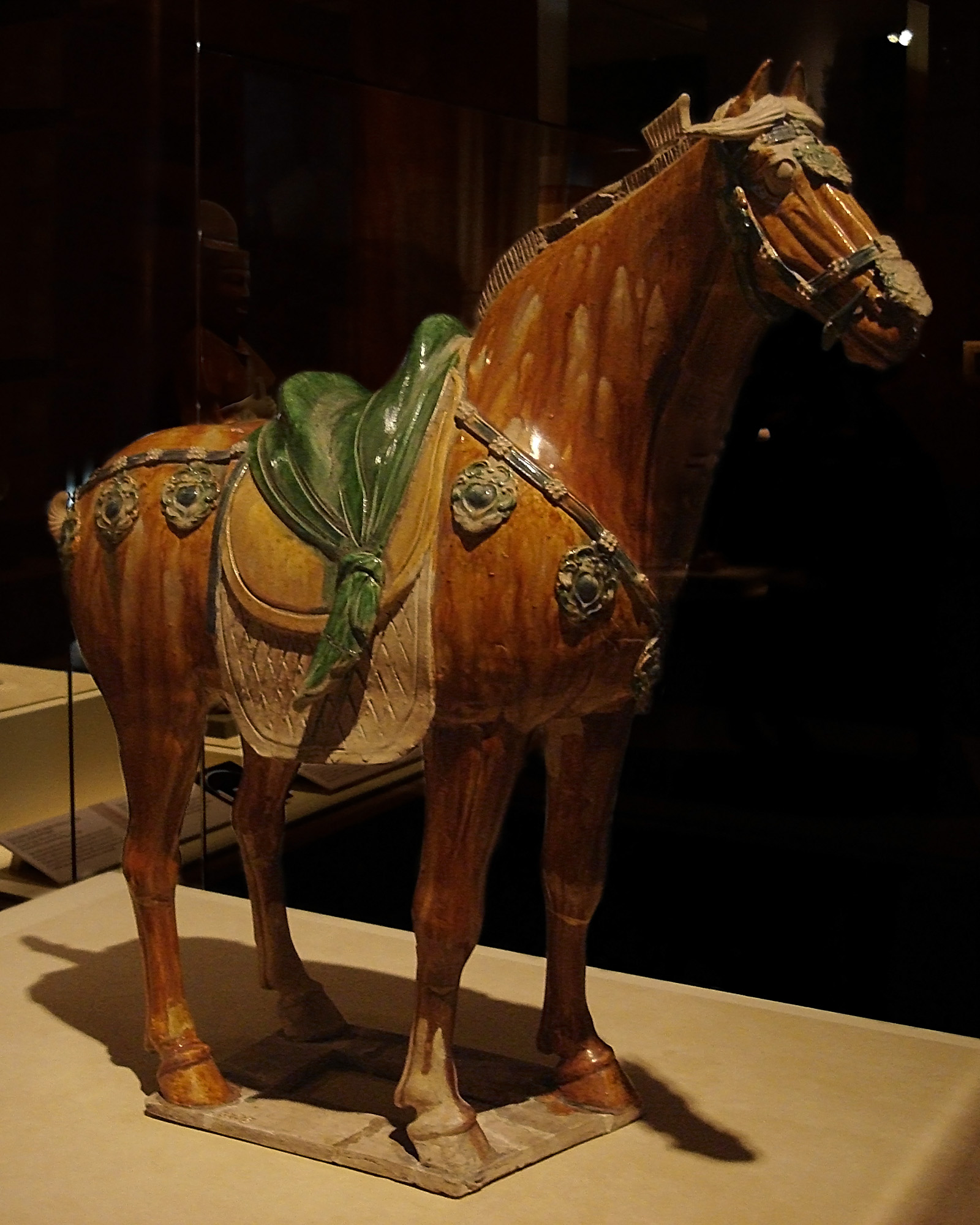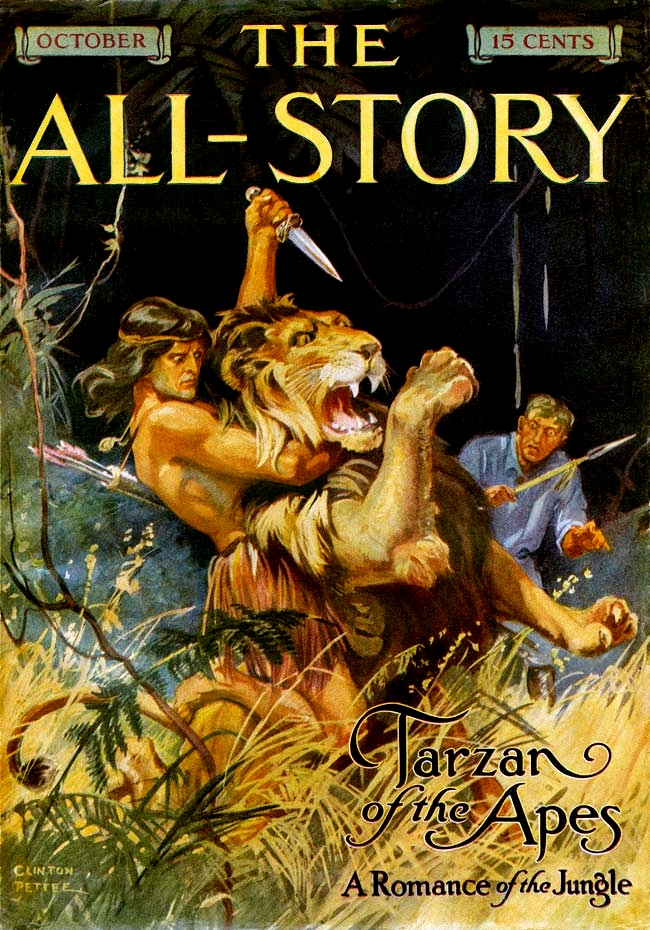
How do used-and-rare booksellers make a living these days? The advent of eBay and Amazon has decimated prices in used-and-rare, as everyone and their dog has hauled books down out of the attic and put them on sale online, for a little extra cash. Books that would have gone for $5 in a bricks-and-mortar store are now available in their hundreds online for $1 + $3 shipping.
One technique real booksellers use to make a buckle here and there is to put together sets of books aimed at completists, book-collectors who like to have, say, every book ever written by a certain author.
It takes time and effort and connections and an investment of money to put together a set such as one currently on offer by a bookseller on my listserv. She offers first editions of 8 of William Faulkner’s titles. They’re not in marvelous condition. Here is a sample description: “…spot of staining to the upper board, rear pastedown a touch age-toned. Jacket spine yellowed, chips out at the spine tips and edges, flap edges rubbed…”. Individually the books wouldn’t be worth much, and would be very difficult to sell. But they are first editions, and they’re a set. Maybe someone will take them home and love them. Price: about $150.
Other completists like to have a copy of their chosen title in every cover and binding ever issued. Or, a copy of every translation. The older a book is (especially pre-1970s, when ISBNs came into use) the harder this can be. Early books sometimes came out in 3 volumes. Or got serialised in a magazine. Or appeared in a different length within a collection of several authors’ works. If a book is from, oh, 1938, are you certain it’s a first edition? How can you tell? It can be evil, evil work to make a complete record of all these issues, especially if it’s an obscure author. Dickens is pretty much a matter of record, but all of, say, Margaret Oliphant’s 120 books, in all formats? There’s a Master’s thesis in that.
 Scale model of Hogwarts.
Scale model of Hogwarts.
The gleam in a Harry Potter completist’s eye would be a signed U.K. first of each title in the series. One bookseller has a listing of the first 5 titles in very nice signed firsts: $45,000. Why only 5? I’m assuming he ran out of money for the 6th and 7th. It’s reported that Rowling got very signing-shy as the series progressed, an aspect of all the paparazzi attention she obviously abhors. Signed copies of the later books are very scarce.
Completists like to get hold of best-of lists and put together every title. A frequent list used for this is the board of Random House’s Modern Library’s famous list of the 100 best books (fiction) of the 20th century. (For a dose of WTF, take a look at the readers’ list of 100 best, right beside the board’s list.) Here is their non-fiction list.
There are completists in every area of collecting. For example, a coin collector might want one of every coin issued in a given year, either world-wide or in a particular country. Stamps: all the butterfly stamps ever issued. The possibilities are endless.

Here’s the distinction between completists and regular collectors of, oh, I dunno, china horses: a collection of china horses can be infinite, but a completist has a list, and once s/he reaches the end, that’s it.

I don’t know about other fields, but in book-collecting, completists are looked upon as a little bit nuts. They’re good for selling outre sets to, but they can be a pain when they come looking for some terribly obscure book and call you a bad bookseller when you don’t happen to have it there on your shelf. Also, their collections are seldom valuable for re-sale, as in, when their heirs come in wanting you, the used-and-rare dealer, to pay big bucks for Uncle Barmy’s complete set of tatty copies of every Reader’s Digest condensed book from 1950 to 1980. Let’s not even talk about Uncle’s pristine copies of every National Geographic magazine from the same dates – no bookseller wants these. (Even the library thrift store won’t take them. They are a glut on the market.) Old sets of encyclopedias – same problem. However, if Dear Uncle had the wit to collect a first edition of the first appearance of every Stephen King ever- we welcome you with open arms, and will open up the secret drawer with the good Scotch in it.
Speaking of Stephen King and his many, many books – some completists work harder than others. Edgar Rice Burroughs wrote about 70 novels, most of which were reprinted many times, in many different formats and covers. Erle Stanley Gardener wrote 82 Perry Mason novels, and a boatload more under 7 different pennames: A.A. Fair, Kyle Corning, Charles M. Green, Carleton Kendrake, Charles J. Kenny, Les Tillray and Robert Parr.

You could be a completist in unfinished novels: Moveable Fest, Garden of Eden, and Islands in the Stream were all unfinished when Hemingway died. Same for Tolkien’s Silmarillion. Dickens – Mystery of Edwin Drood. Jane Austen, two books – Sanditon, and The Watsons.
Me, I don’t do any completist collecting, for that way lies madness.
Ta-ta, now. I’m off to see if I can figure out a way to listen to this, a BBC Radio series on completists. A quote from their promo: “Ian Marchant, a former Charing Cross Road bookseller, is an old friend and admirer of completists. He recalls the story of one book collector who regularly asked for a particular volume habitually adding ‘…but you won’t have it.’ When the book (at last and amazingly) turned up, the collector refused to buy it because, once he owned it, he’d no longer have a reason to live.”
